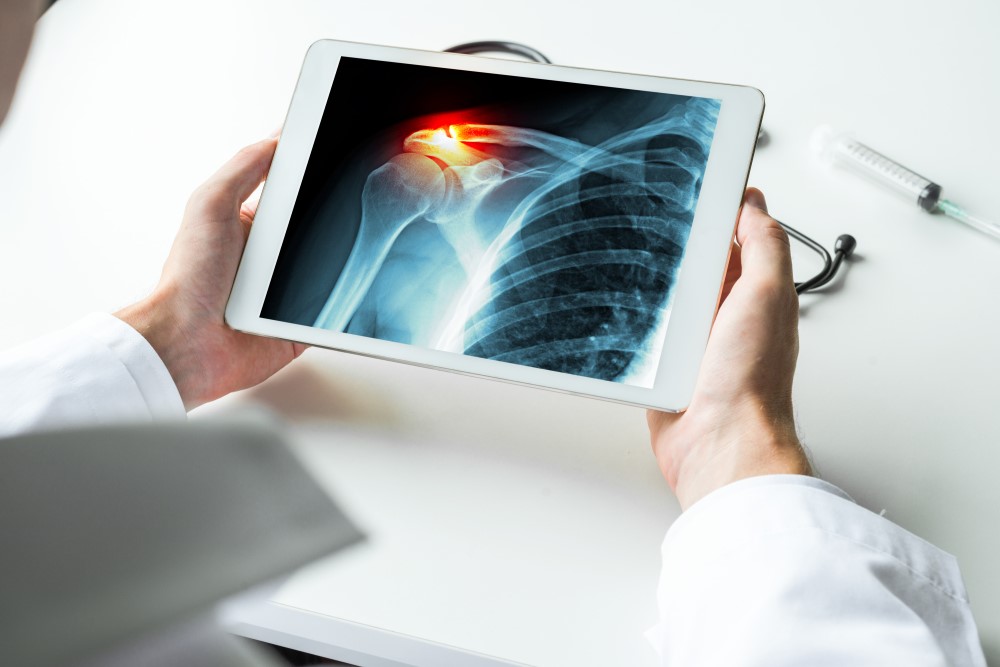
Which Injuries Show Up on X-Ray, MRI, and CT Scans?
Advanced digital imaging scans allow doctors, physicians, and surgeons a look inside your body to catch disease growth, determine the extent of your injuries, and recommend the right method of treatment. However, many patients are unclear on which scan will help diagnose their condition and alleviate their discomfort in the most rapid and efficient manner possible. To help expedite your recovery, here are the different injuries that show up on each of the most common diagnostic imaging techniques.
X-Rays
The most commonly used and readily available form of diagnostic imaging, x-rays (or radiographs) use harmless radiation to reveal the presence of dense tumors as well as any orthopedic issues such as bone breaks and fractures. X-rays have long been the go-to for inner-body show-and-tell because of their quick turnaround. From scan to results, the entire x-ray process takes only a few days to complete. The actual procedure lasts about 10 minutes, after which the black and white images are sent to the radiologist for examination. More complicated conditions; however, require more sophisticated scans.
CT Scans
By combining computer technology with x-ray radiation imaging, computed tomography (CT) scans help to locate and detect disease by producing cross-sectional images of your body’s tissue, organs, and spinal cord. In addition to bone fractures, CT scans are helpful at catching:
- Tumors
- Cancer
- Blood clots
- Heart disease
- Internal bleeding
To get the clearest images, you must lay motionless inside of a cylinder tube while an x-ray rotates and photographs around your body. Each scan is then combined to form a detailed, two-dimensional image. For additional detail, a dye or contrast can be injected into the affected areas to help illuminate tumors and make foreign bodies stand out from other organs.
MRIs
Similar to CT scans, magnetic resonance imaging (MRI) machines produce highly-detailed, cross-sectional scans of the body. While most MRIs require you to lay still inside of a tube, some offices now offer open upright MRI scanning for those who suffer from claustrophobia. Because MRIs use magnetic fields instead of radiation, MRI patients must remove all metallic objects before scanning for:
- Brain and bone tumors
- Dementia
- Rotator cuff and ligament tears
- Herniated discs
- Multiple sclerosis
- Stroke
Professional Imaging Options
While patients regularly require a referral to get an X-ray, CT scan, or MRI, each of these diagnostic imaging techniques are performed on an outpatient basis. To determine which scan will most effectively catch the cause of your discomfort or prevent the early growth of any disease or condition, make an appointment with the orthopedists at AOI today!



